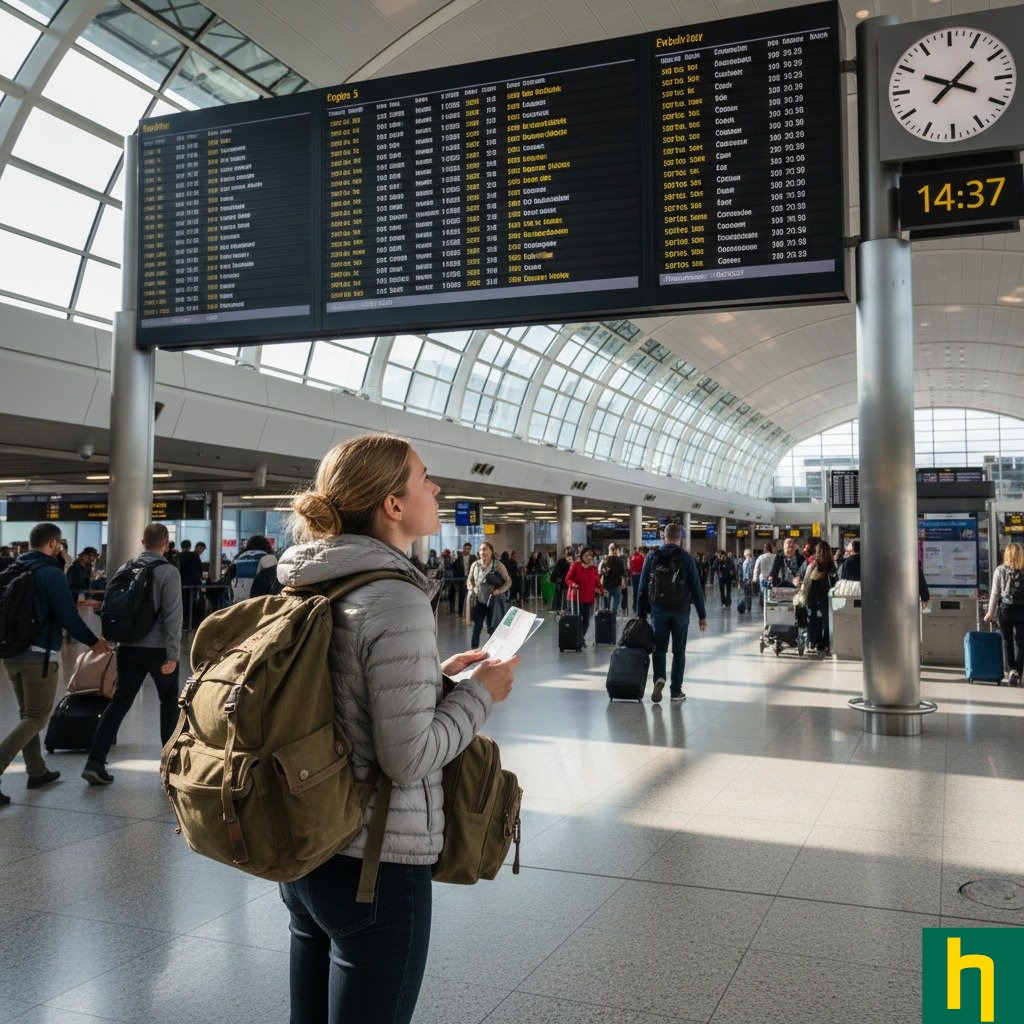There was a time when a guidebook and itinerary of ancient temples and sandy beaches defined a Southeast Asian holiday. But in the ever-changing landscape of travel, a shift is occurring. For increasingly sophisticated adventurers, the most anticipated souvenirs aren’t delicate silk scarves or wooden carvings. Nope, these days the true treasures are the tastes of a perfectly balanced laksa, a fiery green mango salad, or the memory of a street food encounter.
In the famous street food markets of Penang, the sizzle of a char kway teow wok is sometimes more magnetic than any historical landmark. This isn’t just a trend; culinary tourism in Southeast Asia is undergoing an explosion.
This surge is no accident. It’s the outcome of a powerful confluence of traveller motivations. Motivations that prioritise authentic experiences. It’s a delicious revolution that’s planted Southeast Asia on the global food map.
The Foodie Traveller: Beyond the Tourist Trail
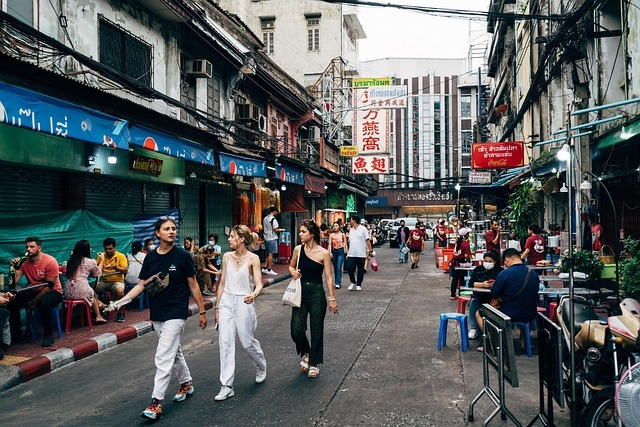
Southeast Asia stands as a pantry of culinary wonders. From the delicate balances of Vietnamese cuisine to the spicy profiles defining Thai food heritage. Or, the fusions of Malay fare, born from centuries of the spice trade and Peranakan culture.
And let’s be honest, this is a region where gourmet experiences don’t demand a king’s ransom either. Many of Southeast Asia’s most revered culinary institutions exist not within fine-dining establishments but on humble street corners.
Ultimately, the heart of Southeast Asian cuisine lies in its street food scene. It’s a cultural immersion. From the legendary Jonker Street Night Market in UNESCO Malacca to the sprawling Chatuchak Weekend Market in Bangkok. Street food culture isn’t just a convenience; in Southeast Asia, it’s a social ritual.
The modern traveller is no longer content with just scratching the surface. Today’s adventurer seeks a deep connection to the places they visit. And increasingly, that connection is forged, quite literally, through the food they eat.
For the foodie traveller, food isn’t just sustenance; it’s a cultural act. Sharing a meal with locals, understanding the origins of ingredients, and learning about age-old cooking methods gives us an intimate insight into a country’s soul.
The passive observer is fast becoming an active participant. The desire to engage, learn and contribute to one’s journey is reshaping travel as we know it.
Activities like food tours, farm-to-table experiences, and hands-on culinary workshops allow foodie travellers to delve deep. Take, for example, the growing popularity of farm-to-table experiences in Bali. Travellers are harvesting organic produce from paddy fields before transforming it into a traditional Indonesian feast. This connection creates bonds with the people behind the food – the artisans, the farmers, and the chefs who tirelessly share and preserve culinary heritage.
Southeast Asia’s Unique Culinary Assets
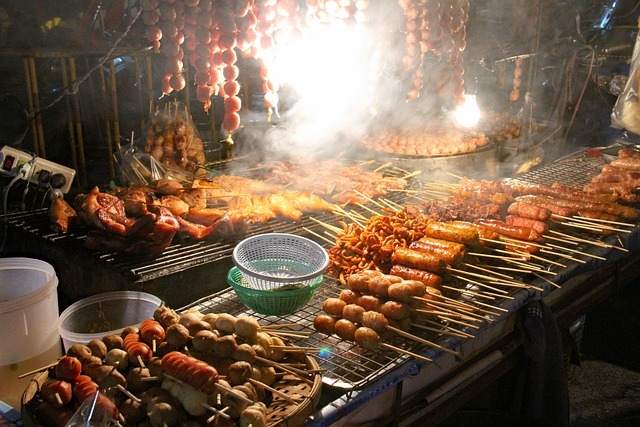
Southeast Asia, perhaps more than any other region, excels in culinary experiences that don’t cost an arm or a leg. This affordability is attractive, especially for younger travellers or those on extended, in-depth journeys. In addition, the easy access to budget airlines plus improved infrastructure across the region has made it easier to hop between culinary hotspots.
Mindful Eating
While Southeast Asian cuisine is all too often associated with indulgent delights, there’s a burgeoning interest in healthier and more natural aspects. A growing number of travellers are keen to explore local ingredients known for their health benefits.
The abundance of tropical fruit forms the basis of many traditional diets and offers a naturally sweet experience. As global awareness around mindful eating continues to rise, Southeast Asia is perfectly positioned to cater to this evolving segment of the foodie traveller.
The tropical climate of Southeast Asia blesses the region with an overwhelming bounty of fresh ingredients. This means a variety of exotic fruits – think the jackfruit, the rambutan, even the divisive and rather smelly durian fruit. Then there are colourful vegetables, herbs like lemongrass, kaffir lime, and fragrant Thai basil. Not to mention, countless spices from galangal to turmeric and everything in between.
The emphasis on fresh, local produce is important. You can visit local farms where herbs are hand-picked just hours before they grace your plate. There are fishermen bringing in their daily catch directly to coastal markets, ready to be turned into tasty seafood dishes by expert chefs.
Diverse Culinary Traditions
Southeast Asia is a mix of distinct culinary identities. Each country and region within a country has its flavours, ingredients, and cooking styles.
From Massaman to Tom Yum Goong, the balance of hot, sour, salty, and sweet defines Thai cuisine. In Indonesia, you’ll encounter the rich, coconut-laden stews of Rendang – a dish so celebrated it’s been voted the world’s most delicious food.
And in Penang, Malaysia, there’s the exotic blend of Malay, Chinese, and Indian. Penang Laksa, with its tangy fish broth, or the hearty Nasi Lemak servings of fragrant rice and spicy sambal, are must-tries. Malaysia is a country shaped by centuries of trade, migration, and colonial legacies, resulting in tasty fusion cuisines, like the Baba Nyonya or that of Indian and Malay known as Jawi Peranakan cuisine.
Street Food Culture
It’s not solely about eating on the cheap; it’s about delicious, freshly prepared meals. From Chiang Mai night markets to the hawker stalls of Penang, street food is key for countless foodies – a true theatre for the senses.
The perception of hygiene still might be a lingering question for some. But it’s worth noting the significant strides made. Singapore’s hawker centres are renowned for their strict hygiene standards. Even in Malaysia, local councils work to ensure cleanliness without sacrificing the authenticity of the street food scene.
Culinary Festivals and Events
Across the region, dedicated food festivals attract tourists and locals alike. These aren’t just market days; they’re grand celebrations of food heritage.
The annual Penang International Food Festival changes the face of the island into an epicurean playground, featuring everything from street food carnivals to high-end culinary workshops. Vietnam’s Hue Festival includes a significant culinary component, highlighting the refined imperial cuisine. These events are more than just a good idea for an immersive experience. Food-loving tourists can sample a huge number of dishes in one location. In Thai cities, you can almost guarantee a specialty food market somewhere every day of the week.
The Impact of the Foodie Traveller in Southeast Asia
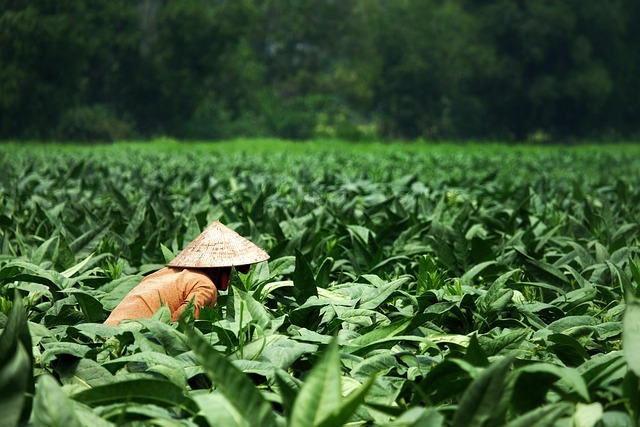
The boom in culinary tourism is reshaping economies. It’s preserving cultural legacies and defining travel in the region. For us at Heritasian.com, it’s a constant source of fascination. The surge of the foodie traveller isn’t just filling bellies; it’s filling pockets too. This is perhaps the most immediate impact. Culinary tourism supports local farmers.
It champions the unsung heroes – the fishermen who brave the seas, the vendors whose stalls line the markets, and countless small businesses. From noodle makers to kopi roasters, it’s not just about big hotels; it’s empowering local communities.
This economic uplift translates directly into job creation within the food sector. It brings much-needed jobs to communities that might otherwise rely solely on more traditional, seasonal forms of tourism. It moves things beyond the generic attractions to more locally driven economies with a unique identity. Small villages in Northern Thailand now offer culinary tours focusing on traditional Lanna or even hill-tribe cuisines.
Challenges and Opportunities for Sustainability
With such rapid growth comes a responsibility to achieve sustainability. It’s a delicate balance and one that the new face of the travel industry is constantly striving to achieve.
Over-tourism and Cultural Erosion: As food destinations become increasingly crowded, there’s a need to balance growth and preservation of traditional ways of life at the same time. Local food cultures mustn’t be diluted into mere tourist spectacles.
Food Waste and Environmental Impact: A surge in dining brings with it an increase in food consumption and food waste. We’re seeing more restaurants and hotels in Singapore and Bangkok adopting local sourcing policies, reducing their carbon footprint, and implementing waste reduction programs.
Supporting Local Producers: Making sure the economic benefits reach local producers and not just large companies is crucial. Promoting ethical and sourcing practices isn’t just good for the environment; it’s good for the whole food chain. The rise of sustainable culinary tourism initiatives is positive. Many tours now actively highlight producers who follow ethical standards. These tours support the revival of heritage recipes and include educational components on food sustainability.
The Foodie Traveller: An Evolving Palate
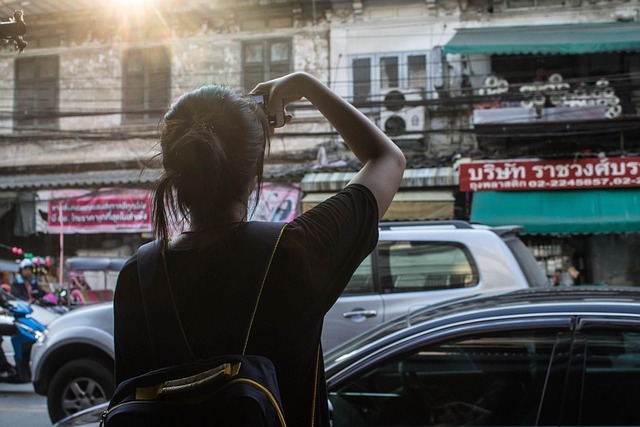
Expect an increased focus on niche culinary experiences. Possibly highly specialised vegetarian food tours. Delving deep into specific regional cuisines, like fiery Isaan food in Thailand. Or the rich, indigenous flavours of Sarawakian cuisine in Malaysian Borneo. The food-centric person will seek out micro-experiences, focusing on single ingredients or specific cooking methods.
There’ll be a greater emphasis on culinary heritage and storytelling. The foodie traveller is beginning to seek out experiences connecting them to the history behind the food. By learning not just how a dish is made, but also why it is significant to a particular culture. The culinary landscape of Southeast Asia is certainly on an exciting new trajectory, and here at Heritasian.com, we’re intrigued by its development.
Foodie Traveller FAQs
What is a foodie traveller?
A foodie traveller is a person who makes food and local cuisine a central part of their travel experience. Rather than simply eating to sustain themselves, they use food as a primary lens to explore a destination’s culture, history, and community. This type of culinary tourism is about seeking out authentic and memorable eating experiences, from street food stalls to fine-dining restaurants.
What are some of the key tips for a foodie traveller?
To be a successful foodie traveller, you should do your research beforehand, but also allow for spontaneity. Key tips include: visiting local food markets to see fresh, seasonal ingredients; trying street food and small, family-run eateries where locals eat; taking a cooking class to learn about traditional techniques; and not being afraid to try new and unfamiliar dishes. It is also important to engage with locals to get recommendations and learn about the cultural significance of the food.
Why is food tourism gaining popularity in Southeast Asia?
Food tourism is booming in Southeast Asia for several reasons. The region offers an incredible diversity of culinary traditions and a street food scene that’s both delicious and affordable. The tropical climate provides an abundance of fresh ingredients, and the food culture is deeply intertwined with the daily lives of the people. This allows travellers to have a deep, authentic, and engaging experience.
What is the economic impact of food tourism?
The rise of culinary travel has a significant positive economic and social impact. By seeking out local markets, small businesses, and family-owned restaurants, foodie travellers directly support local economies. This trend also helps to create jobs, empower local artisans and farmers, and can lead to a stronger sense of community pride as traditions are celebrated and shared with visitors.
What are the key benefits of culinary travel beyond just eating?
The benefits of culinary travel go far beyond just enjoying a good meal. By exploring a region’s cuisine, travellers gain a deeper understanding of its history, traditions, and social norms. Food can tell a story of migration, trade, and cultural fusion. It encourages experiential travel, leading to meaningful interactions with local people and a more profound connection to the places visited.

